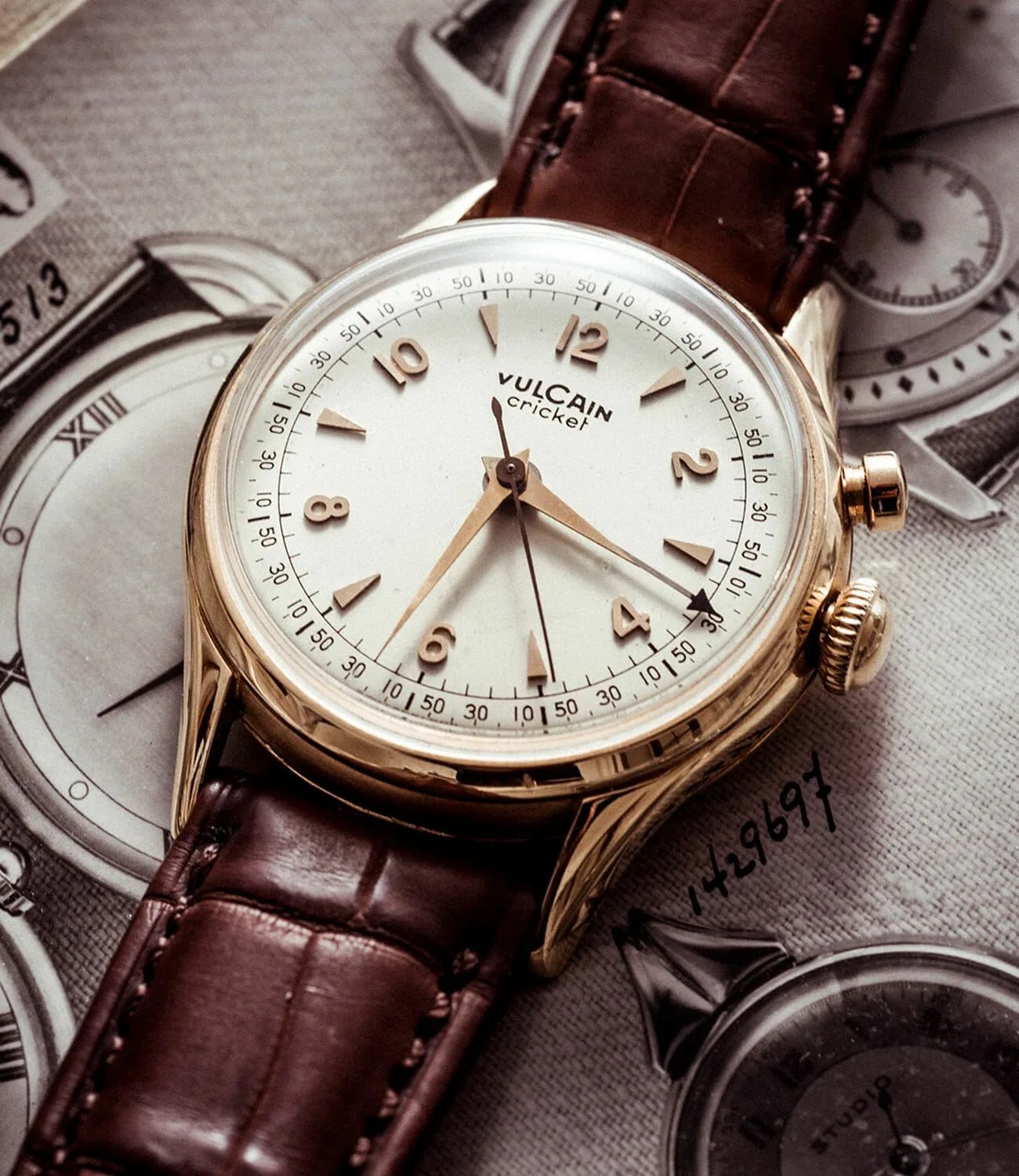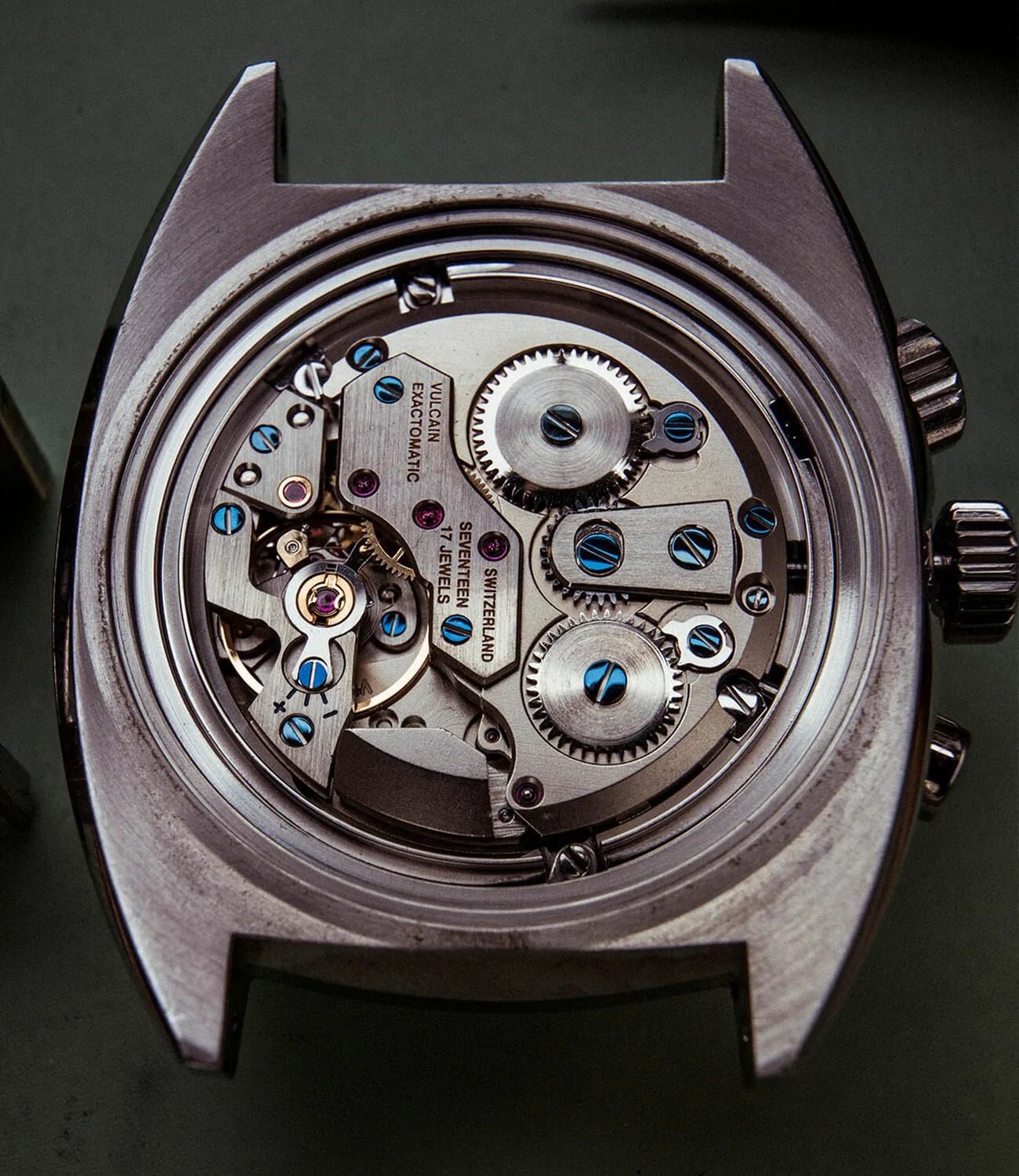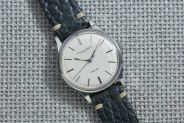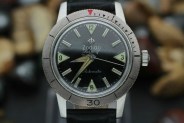Welcome to Watches You Should Know, a column highlighting little-known watches with interesting backstories and unexpected influence. This week: the Vulcain Cricket.
It’s hard to imagine today that the rattly buzzing sound of a mechanical wristwatch alarm was once cutting-edge gadgetry. This was in the 1940s, however, and when the Vulcain Cricket was introduced, it overcame a number of technical hurdles to be loud enough, compact enough, and reliable enough to be a viable product. The first of its kind, an alarm was a genuinely useful function to have on the wrist. So much so that it found fame and took on a whole other level of status after being worn by multiple US presidents and becoming known as the “president’s watch.”
“Firsts” in watchmaking are notable, but almost always require some qualification. The utility of an alarm on one’s wrist was recognized long before the Cricket, and a couple companies had produced alarm watches, but each had fatal flaws with alarms that weren’t loud enough or vibrations that adversely affected the movement. The Vulcain Cricket was not technically the first alarm watch when it was introduced in 1947, but the first to be practically successful (pocket watches notwithstanding).

Vulcain had to develop a special movement with multiple unique features in order to make the Cricket viable, let alone interesting and cool. The Caliber 120 featured one mainspring barrel to power timekeeping, as most mechanical wristwatches do, but also a separate one solely for the alarm due to its heavier power demands. The hand-wound movement offered 42 hours of power reserve for the timekeeping, and allowed the alarm to sound for around 25 seconds. Particularly clever is how clean and simple the watch remained despite its complex functionality: turn the crown one direction to wind the time’s mainspring and the other direction to wind the alarm’s mainspring.
The volume needed to be at least sufficient to wake you up, and this was achieved with a combination of solutions. The sound itself comes from a tiny hammer striking a metal “membrane.” It is then amplified via a cover which fits over the movement and, to let the sound resonate and escape, the case back is acoustically designed with holes similar to those seen in some string instruments. The hammer strikes around 1,300 times in the roughly 25 seconds of its loud, continuous ring until it audibly winds down — and it further vibrates palpably on the wrist.




